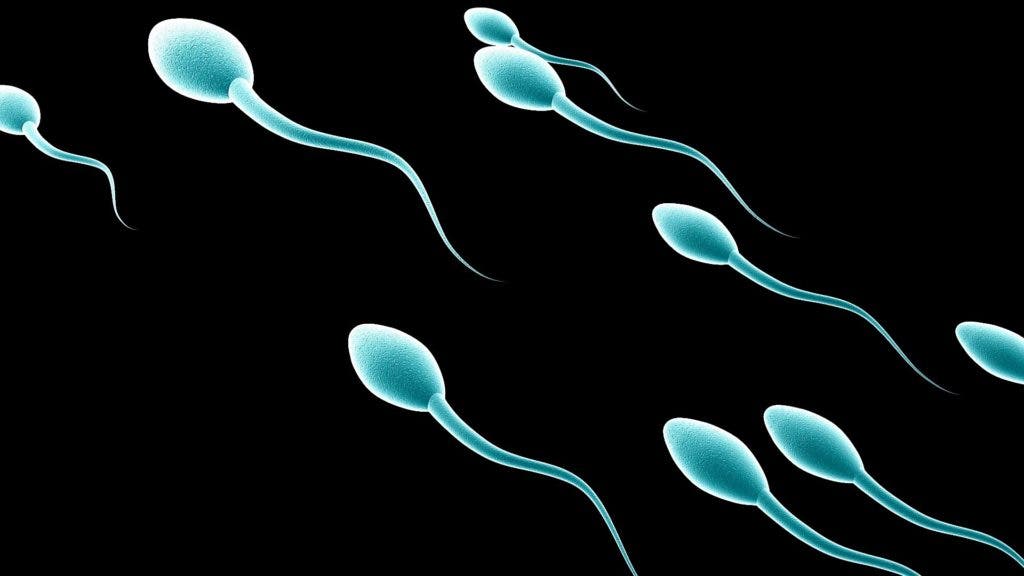
While there are numerous birth control options for women, men are largely limited to condoms. That or a vasectomy, and let’s be honest not a whole lot of men are interested in such an invasive procedure. For some years, scientists have been working on a version of ‘the pill’ for men. This drug, which has so far been administered as an injection, uses hormones to lower the sperm count. A new paper concludes that this method is effective at preventing pregnancies, however, experiments had to be stopped early because of the side effects like depression and other mood disorders.
In other words, these birth control shots were not safe. So, yeah, I think men will stick to condoms for a long time.
However, these were effective. The researchers at the World Health Organization (WHO) in Geneva who carried out the study say the shots were 97% effective, based on tests where 270 men enrolled. The monogamous men were aged 18-45 and their partners had to sign up as well.
It takes only one sperm cell to fertilize a woman’s egg, but during one jizz 200 million competitors are ejaculated. Moreover, sperm is produced constantly at a high rate, so to suppress it scientists need to inject large quantities of hormones.
For this particular experiment, two hormones were injected: progesterone and a form of testosterone. First, each participant’s sperm was counted to ensure everything was normal, then every eight weeks the men were given a shot full of the hormones. Each participant was monitored for up to six months until their sperm count dropped to a million since a man is considered fertile if he has at least 15 million sperm per milliliter of semen. Past this point, the participants were mandated to rely only on the jab and no other forms of contraception. Yes, this was one tough study to handle as a volunteer.
Once the study ended, the researchers monitored the participants’ sperm to assess their health. Besides some troubling side effects like acne and serious mood disorders, the researchers note that eight men didn’t recover their initial sperm count a year after the study ended.
To be fair, male birth control pills or injections have been researchers for two decades, and all have their drawbacks. This latest study published in the Journal of Clinical Endocrinology & Metabolism seems to be the most promising yet.
Other interesting research in this field includes a pill that blocks ejaculation and immune-suppressing drugs.
“This has been one step in a long journey of finding the right combination for male hormonal contraception,” Dr Mario Festin from WHO and lead author of the paper said.
Festin and colleagues are now planning to tweak the hormonal concentration. They also plan on using a different delivering medium like gels, since shots are too invasive.
It’s worth noting that 75 percent of the men who enrolled in the trial said they’d be willing to use this contraceptive measure again. Would you?






